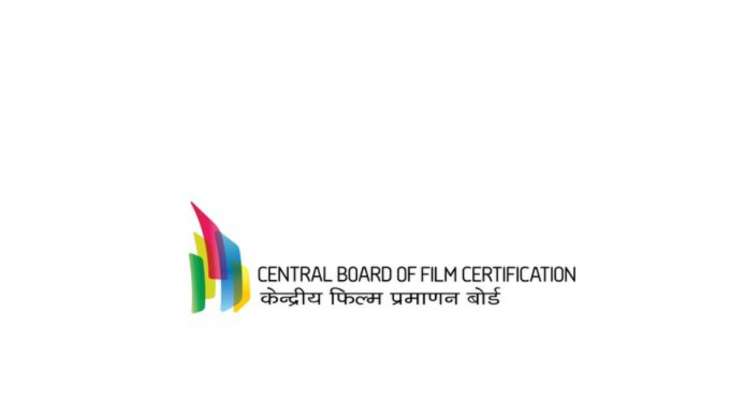
If you have watched an Indian movie, you must have noticed a certificate that always appears before the movie starts. That is the brand of the Central Board of Film Certification (CBFC), also known as the Censor Board.
The CBFC is part of the Ministry of Information and Broadcasting, Government of India and is tasked with regulating films released in India. While the CBFC is not exactly a film censorship body, it does have the power to demand cuts it deems necessary.
The CBFC is frequently criticized by the film industry for its practices and its authority has been questioned. But before that, it is important to know what exactly the CBFC is and why it is controversial. So, dive in to know everything about the CBFC, its history, importance, functioning and controversies.
History of CBFC?
The CBFC stands for Central Board of Film Certification and is commonly called the Censor Board. The CBFC is tasked with regulating the public exhibition of films under the provisions of the Cinematography Act, 1952.
The censorship boards were formed after the production of India’s first feature film, Raja Harishchandra. Initially, they were independent bodies reporting to the police chiefs of major cities like Mumbai, Kolkata and Lahore.
After India’s independence in 1947, the regional censorship bodies were merged into one: the Bombay Board of Film Censors, which later became the Central Board of Film Censors following the Film Act of 1952. And in 1983, after the revision of film standards, it was changed to the Central Board of Film Certification.
Since then, the CBFC’s primary function has been to certify feature films intended for theatrical release, advertisements and short films. Its current director is Prasoon Joshi.
The CBFC criteria for film certification
CBFC issues four types of film certificates, which are listed below.
U Certificate
U certification means unrestricted public exposure. People of all ages can freely watch U-certified movies. Most animated and socially relevant movies fall into this category.
U/A Certificate
U/A certification is intended for films that contain moderate amounts of profanity and violence. Most movies, especially action and thriller movies, fall into this category. U/A certified films are considered unsuitable for children under 12 years of age and require the presence of an adult guardian.
A certificate
A-rated movies are strictly intended for adults only. Many horror and Hollywood films end up receiving an A rating. These films often contain extreme violence, drug use, and bad language. However, the CBFC can still impose some restrictions on such films if they degrade women or any social group, or contain nudity.
S Certificate
S-certified movies are a rarity. These films are not intended for the public and are only viewed by particular groups associated with them, such as engineers, doctors, scientists, etc.
Can the CBFC censor content?
As evident from its name change in 1983, the CBFC does not have the power to censor films. You can only certify them. However, the CBFC has laid down some guidelines for all films to follow. These include violence against women, inciting communal tensions, threatening the sovereignty of the nation, etc.
Criticism of the CBFC
Although the CBFC does not have the power to censor, it has denied certification to certain films. This has happened six times since 2014. The filmmakers argue that the board’s decisions violate freedom of expression, while the CBFC maintains that the films in question were harmful to society. Udta Punjab and Lipstick Under My Burkha were two films that were initially denied certification by the CBFC.
Also read:
What is the Internet Movie Database (IMDb)? All you need to know
10 Most Inspiring Bollywood Biopics That Will Move Your Soul
Categories: Optical Illusion
Source: ptivs2.edu.vn